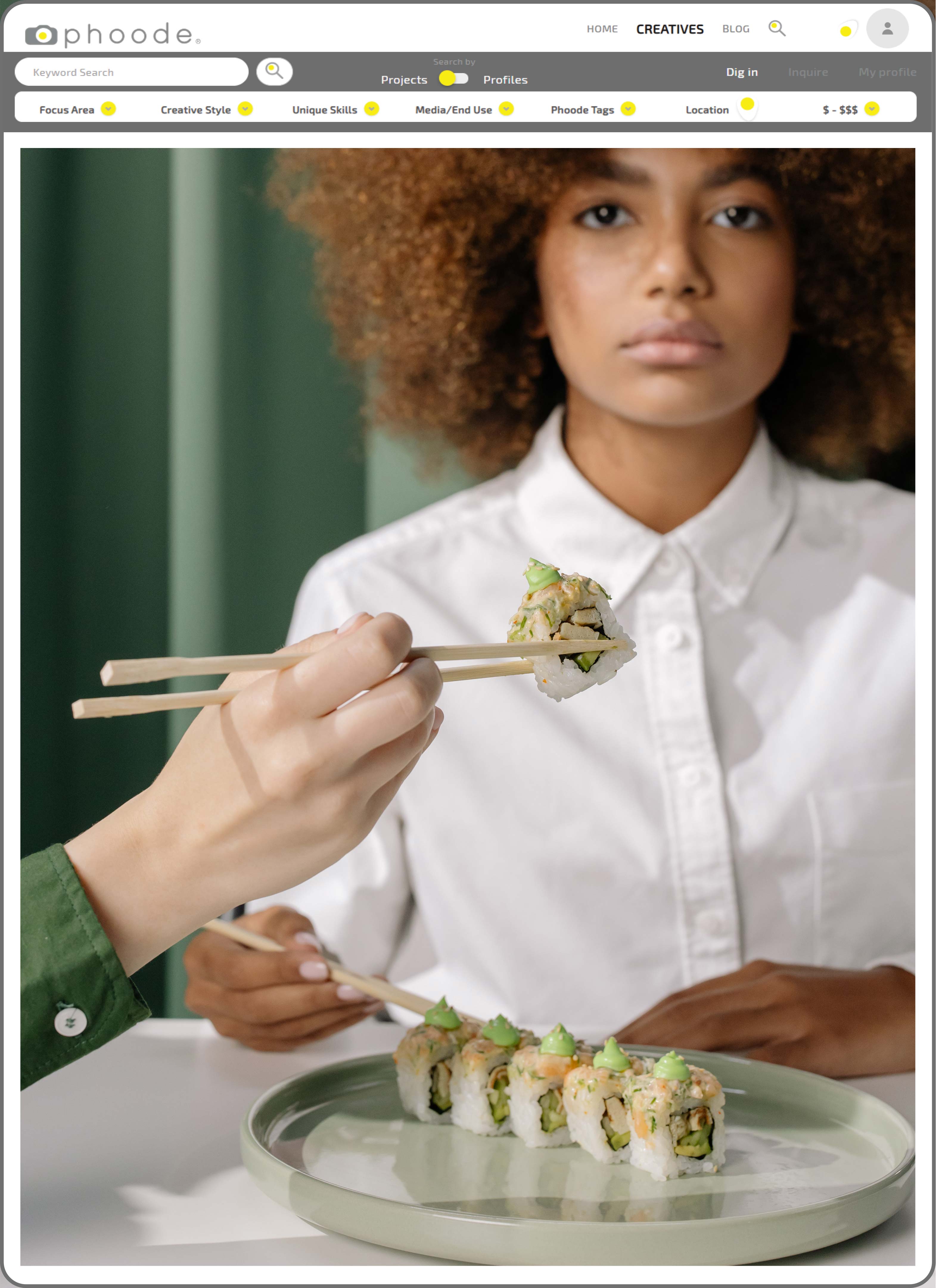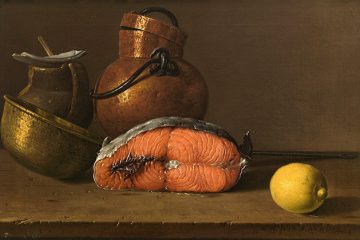4 Creative Styles for Backlighting in Food Photography
People often mistakingly think that backlighting is a problem. Well, it is true that it makes for strong shadows and can silhouette an object so only the outline is seen. For seasoned food photographers though, it is an effective lighting technique that can be used in a balanced way to great visual effect on almost any food-related item. If you don’t use backlighting, you are not missing out on one lighting technique, or one style, but a whole arsenal of eye-catching and captivating lighting moods.
Why do Professional Food Photographers Use Backlighting?
Lighting design is a complex and involved process, there is never one best lighting for each photograph. In food photography, professionals situationally analyze when backlighting would look good. The veins within a leaf of lettuce that appear when it is backlit can be more interesting than its opaque surface, but not in every case. Backlighting can help you create dramatic or other worldly effects, deal with tricky reflections, or simply add depth and texture to an image. To break the repetitive form of blueberries in a basket, backlighting gives some berries highlights, while presenting deeper shadows in the front. Backlighting indicates a whole genre of food photography lighting, not just one specific lighting scheme. Each technique listed below comes with its own unique setup. In all these photos though, the strongest source of light is coming from behind the food subject.
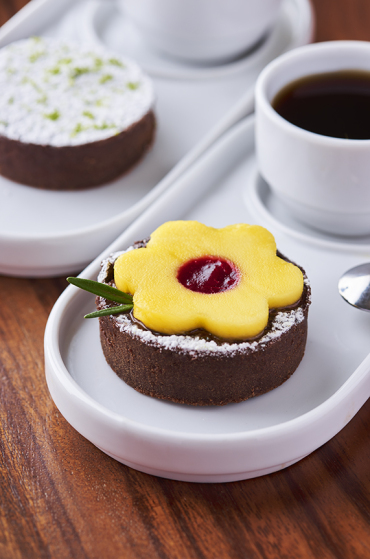
Balanced Backlighting for Any Traditional Food Photo
The first beneficial aspect of balanced backlighting is that it adds depth. Food obviously looks more alive and more appetizing if its actual form can be perceived, which is exactly what well-balanced backlighting achieves. The light from the side or front can come from other lights, or reflectors/bounce cards.
Also, light from behind isn’t bounced into the camera lens by reflective surfaces such as light sauces and water. This makes an exposure that captures both the sauce and the food below an easier task. When using balanced backlighting, highlights will be noticeably smoother. And lastly, when shadows fall at the bottom of an image and get lighter at the top, there is a lifting upward motion to the photo that gives a feeling of weightlessness.
HELPFUL TIP: Whether you are using natural lighting or strobes/flashes, your lighting source shouldn’t be visible. Shoot from above, looking slightly downward so that the backlight remains outside of the frame. This starts you off on the right foot, without overpowering and flaring light. Lens flares may add a certain something you are looking for, but the goal with this scheme is balance.
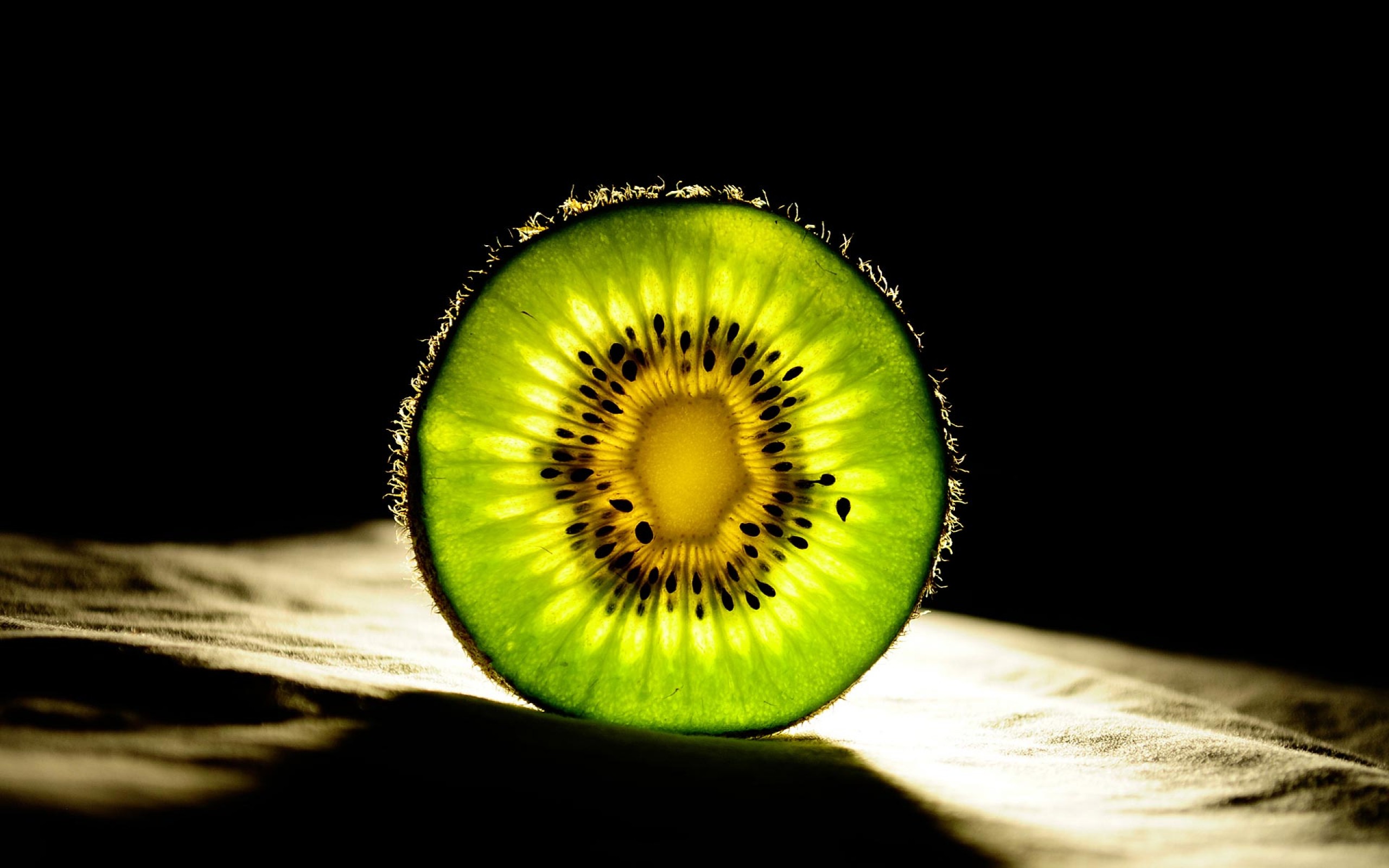
Backlighting Halo
The halo effect is a backlighting technique in food photography that emphasizes the shapes and exterior texture of a photographed food object. It particularly works well for objects that have unusual or rough exterior textures. It can also bring a crisp, healthy, and fresh look to the food, by creating glowing outlines. A halo encircles a food object when the light from behind either barely shines through, or diffracts around it. For this backlighting technique the light source should be directly, or nearly directly, behind the food subject, or else the halo will just be a semi-circle.
HELPFUL TIP: If you want to exaggerate the glowing halo of your fruits, put them on a dark background. The halo is basically a highlight, and highlights will stand out more against black, especially those that lie on the edge of an object.
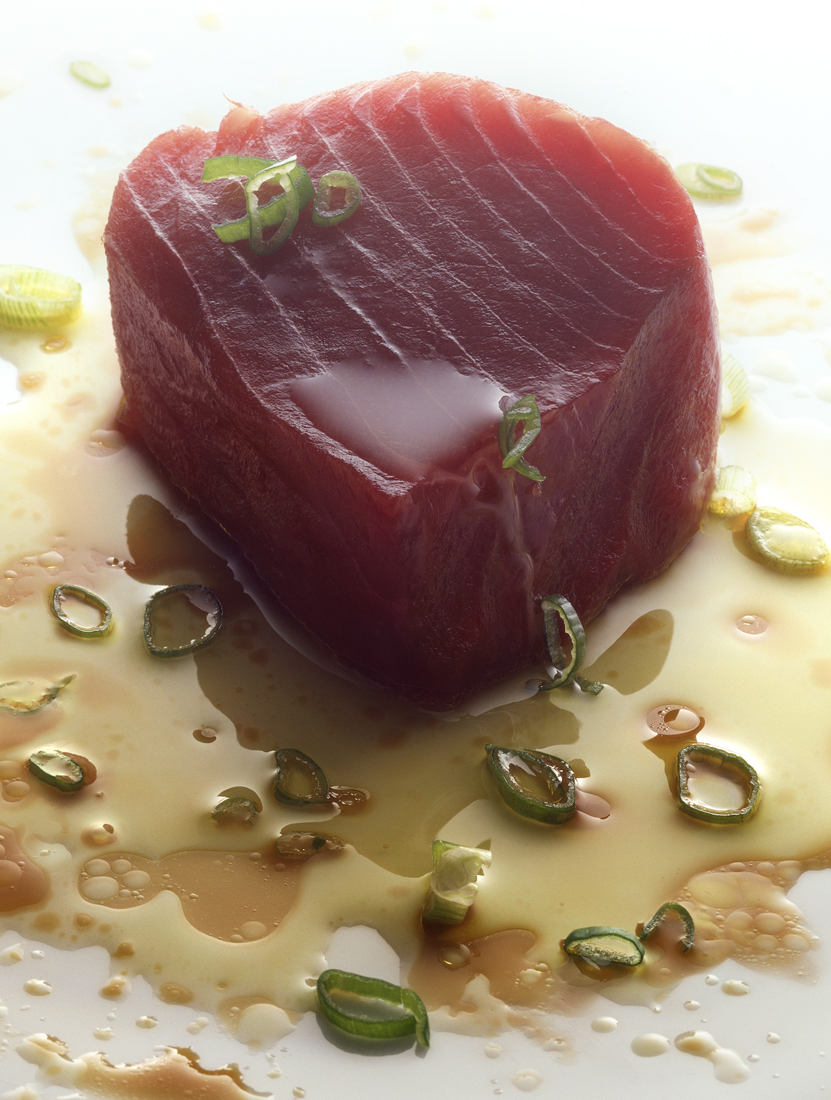
Over-Exposure for Ethereal Haze
This technique comes with the positive attributes of balanced backlighting, but by being more exaggerated, creates an interesting visual effect. Because the light from behind is so strong there is a haze created as it bends around the food object. The overall feeling is that the dish tastes light and heavenly. This technique would visually make a lot of sense for light and airy looking foods, perhaps a salad? The best way to achieve this backlighting look popular in food photography is by blasting light against a white background.
HELPFUL TIP: Even in a heavily backlit lighting scheme like this one, the fill light from the side, or front is super important. Just like photographers bracket for exposure, you can bracket for other elements as well. Try bracketing your fill light by taking three consecutive shots, for example at 1/32, 1/8, and 1/2 brightness.
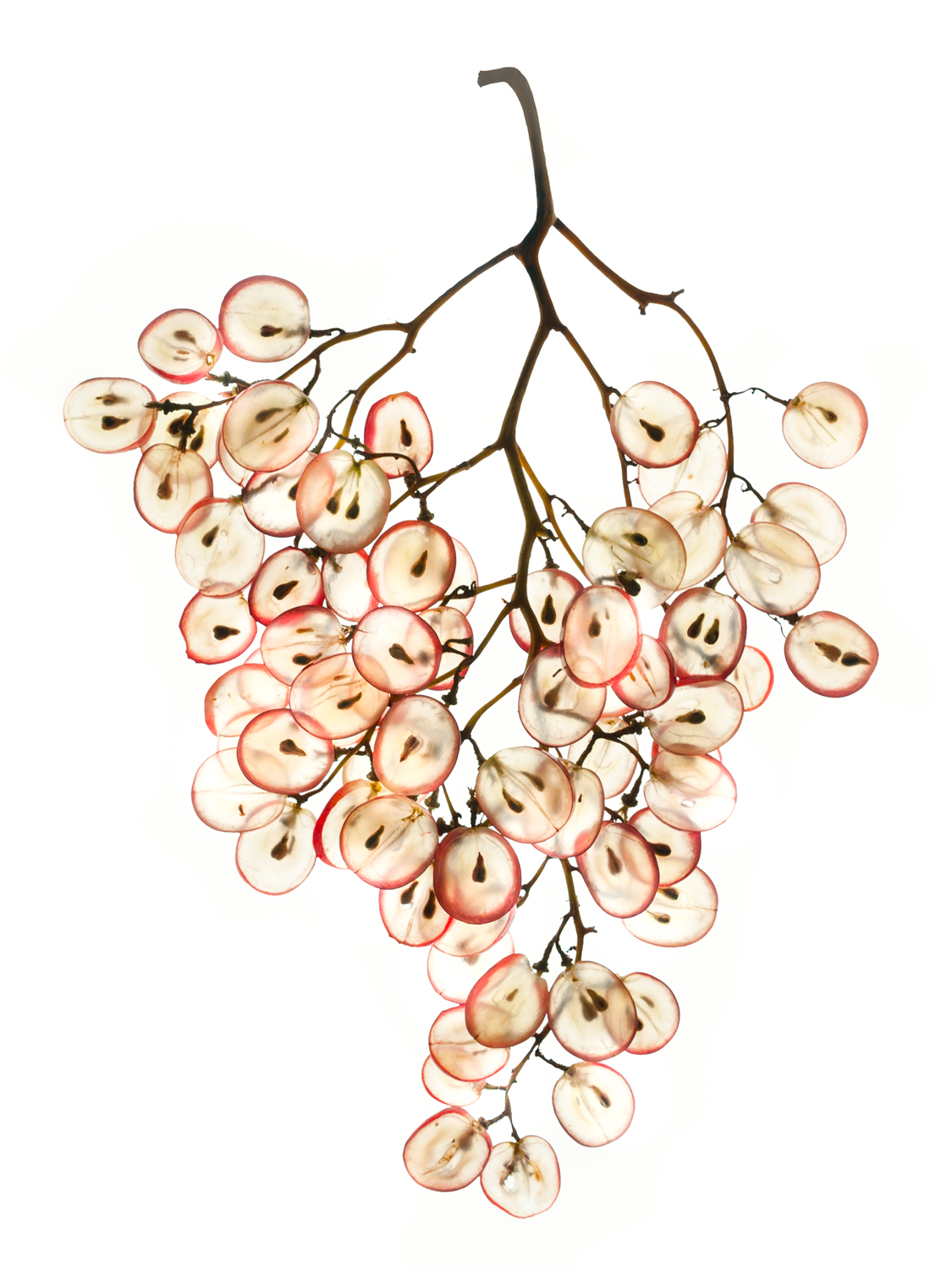
Translucence and Transparency with Fruits and Liquids
Translucence occurs when backlighting thinly sliced foods such as vegetables, and especially with food high in water content such as fruits. If you’re looking for stunning macro food photography shots, look no further than this food photography lighting technique. By getting closer to the food item, the unique world of luminosity and texture that backlighting reveals, gets the attention it deserves.
HELPFUL TIP: Place a clean, smooth-surfaced glass baking dish over a diffused light and shoot more or less straight down. Now you can pair transparent liquids with translucent foods to get some wild colors and unexpected compositions. This lighting scheme is called the light box method (click here to learn about it). It imitates the light table that photographers use to illuminate negatives from below.
How to Perfect Your Backlighting Technique
The best way to learn how to use backlighting in food photography is not by reading a blog. We are glad you are here looking for tips, but you must also experiment by yourself! Keep in mind that in food photography, backlighting is a whole genre of lighting techniques; it is certainly not limited to one specific scheme. From using these tips and understanding the different uses of backlighting, you can start to craft your own style with light, using beautiful glowing halos, hazy backgrounds, and ethereal translucence.
If you know about another great backlighting technique comment below. Or, even better, join our Phoode “Creatives” section to upload your own backlit photo projects. It’s a great way to interact with other professional food photographers and food stylists.






